It’s already a messy year for media and politics, which foretells a complicated school year ahead for high school journalists to discuss election issues and cover candidates. In Iowa public schools, thanks to state code 280.22, students (generally) have a right to free expression. Some Iowa districts, like the one in which I teach, further designate student media as a public forum, and this establishes student-produced media — whether print or digital — as a space for students to express ideas and exchange views.
As a student media adviser, I find that there’s a real challenge in educating students, parents, and colleagues about free speech. For example, start with this statistic from the Newseum’s 2016 State of the First Amendment survey: four out of 10 adults cannot name a single First Amendment freedom — religion, assembly, petition, press, or speech.
I also find challenge as I advocate for students’ voices to be heard and respected at school. The Newseum survey notes that only 35 percent of respondents agreed that high school students are entitled to free speech.
I’m reflecting on this journalism data and thinking about my fall classes. I’m excited for interesting discussions in these interesting times. American politics are lively, thrilling, moving, and exasperating. Students’ views will not necessarily jive with classmates. Some students’ writing will ruffle faculty feathers. I’ll disagree with reporters, too. As adviser, I’ll field challenges and I’ll advocate for students’ press rights. I’ll continue to coach student editors and reporters to think ahead and to be ready to explain their story choices and ideas to readers.
The 2016 Newseum survey, coupled with this political season, are cues to readjust what and how I teach. Lessons on evaluating facts/opinions, research methods, and interviewing skills are staples in journalism. Media law and ethics are essential coursework, too. However, this year I’ll place even more emphasis on students’ press responsibilities and freedoms. Student reporters can sometimes be hooked by surface ideas and a rush to publish; they hear me say, “Just because you can doesn’t mean you should.” I want my students to think critically about what to chase — why is this story newsworthy, how does it impact, whose views are represented? Coverage of politics, the messiness of complex issues and candidates, is an opportunity to help students learn and practice asking tough questions. Dig in. Challenge ideas. “Sometimes you can and you should.”
Want more information? Helpful links:
Iowa’s Code 280.22: http://coolice.legis.iowa.gov/Cool-ICE/default.asp?category=billinfo&service=IowaCode&input=280.22
Newseum’s 2016 survey http://www.newseuminstitute.org/first-amendment-center/state-of-the-first-amendment/
Stacy Haynes-Moore teaches English language arts, media, and advises journalism students at Kennedy High School in Cedar Rapids (School/class Twitter: @Torchteach). She is a member of the Iowa High School Press Association and the Journalism Education Association. This past May, Stacy completed her Ph.D. at the University of Iowa. Her classroom research focused on complications and possibilities for teaching with fan fiction and digital spaces. And do you have questions about teaching/advising journalism that you’d like addressed in the ICTE column? Please ask questions or send ideas! (Twitter: @haynesmoore, Email: [email protected])

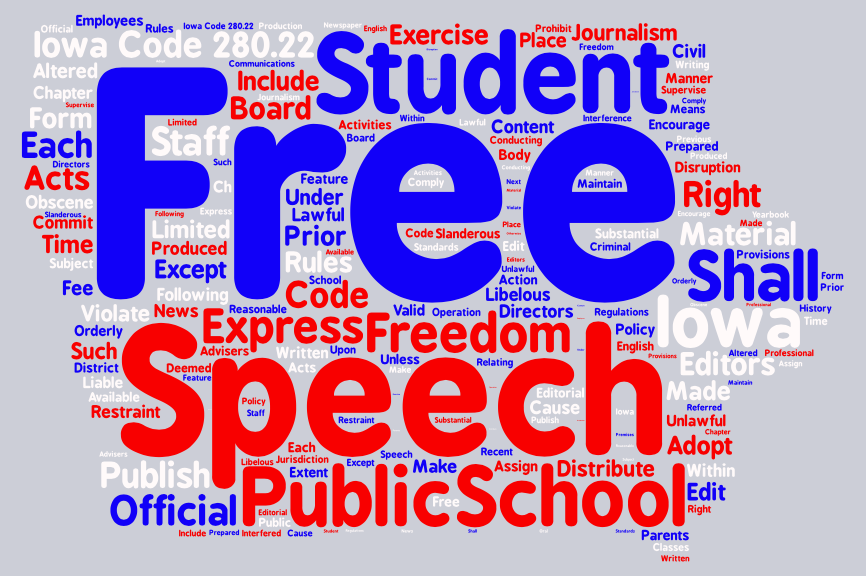
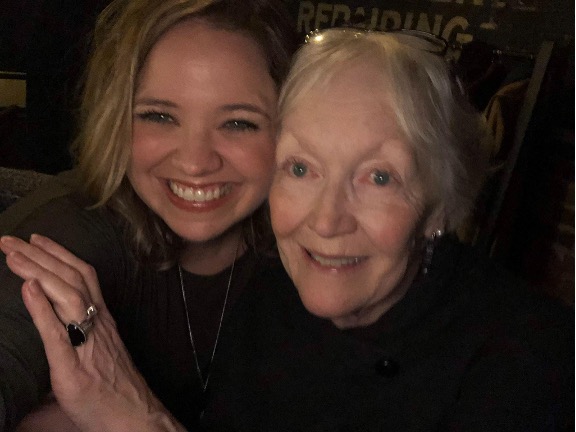
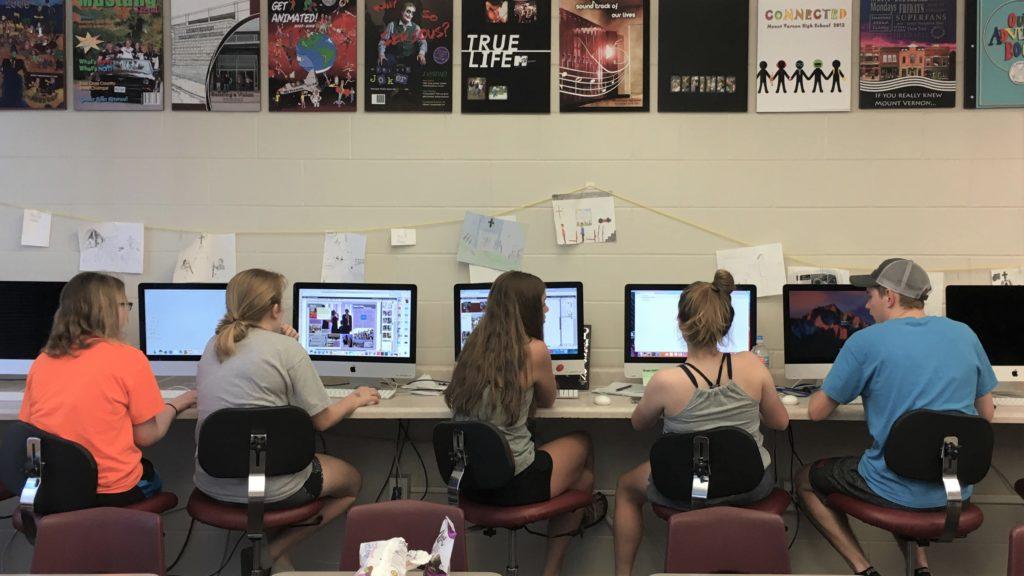
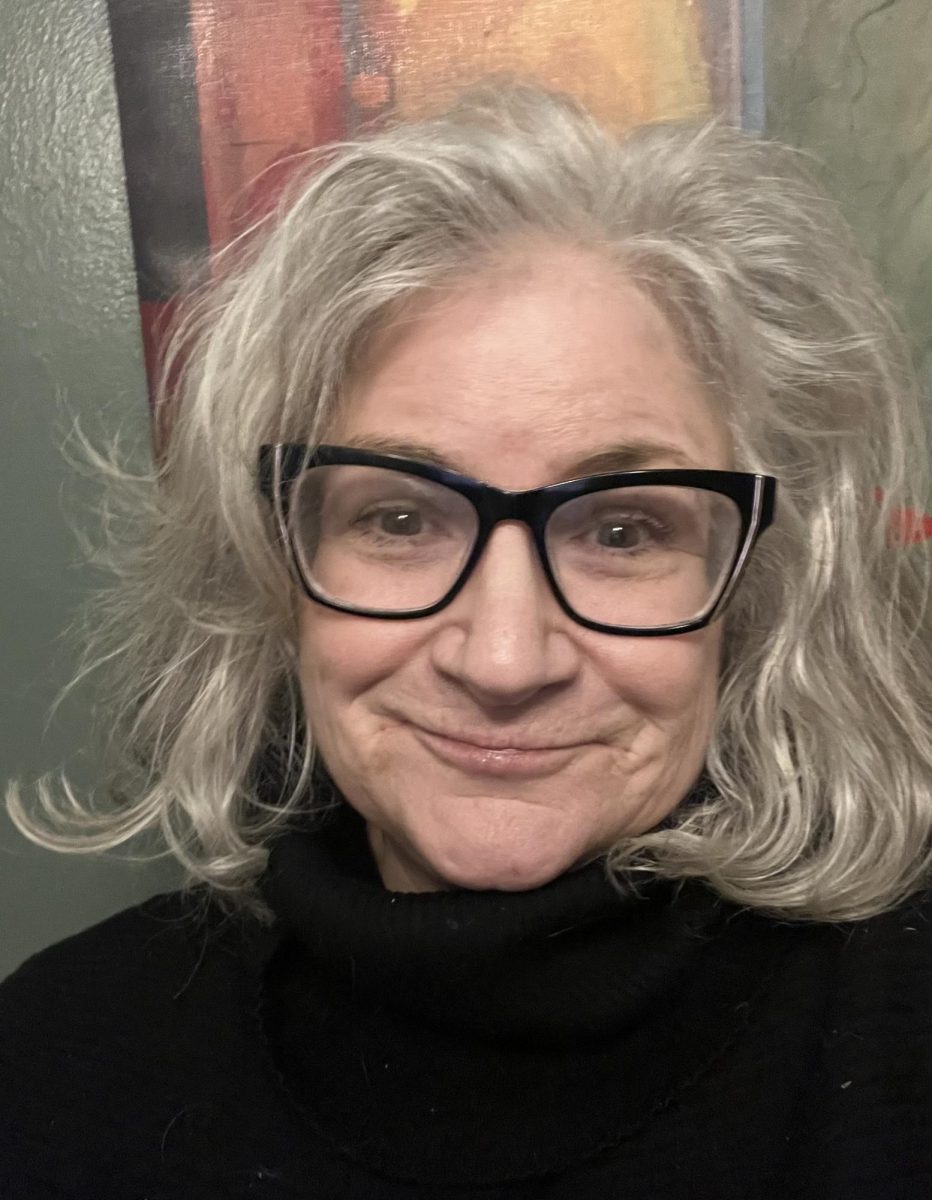
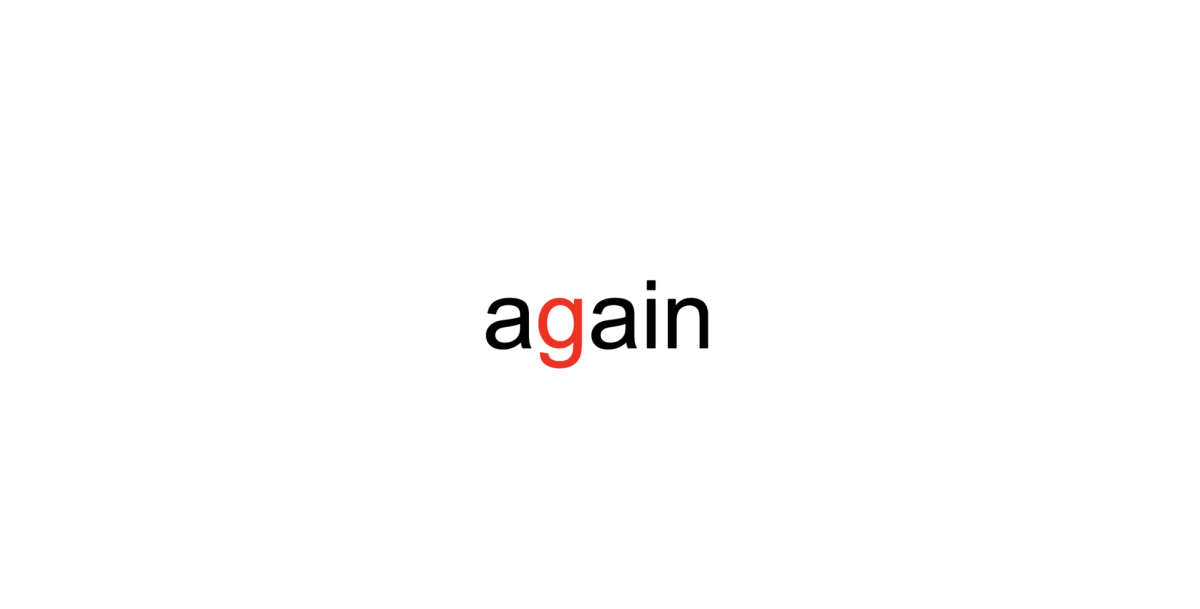
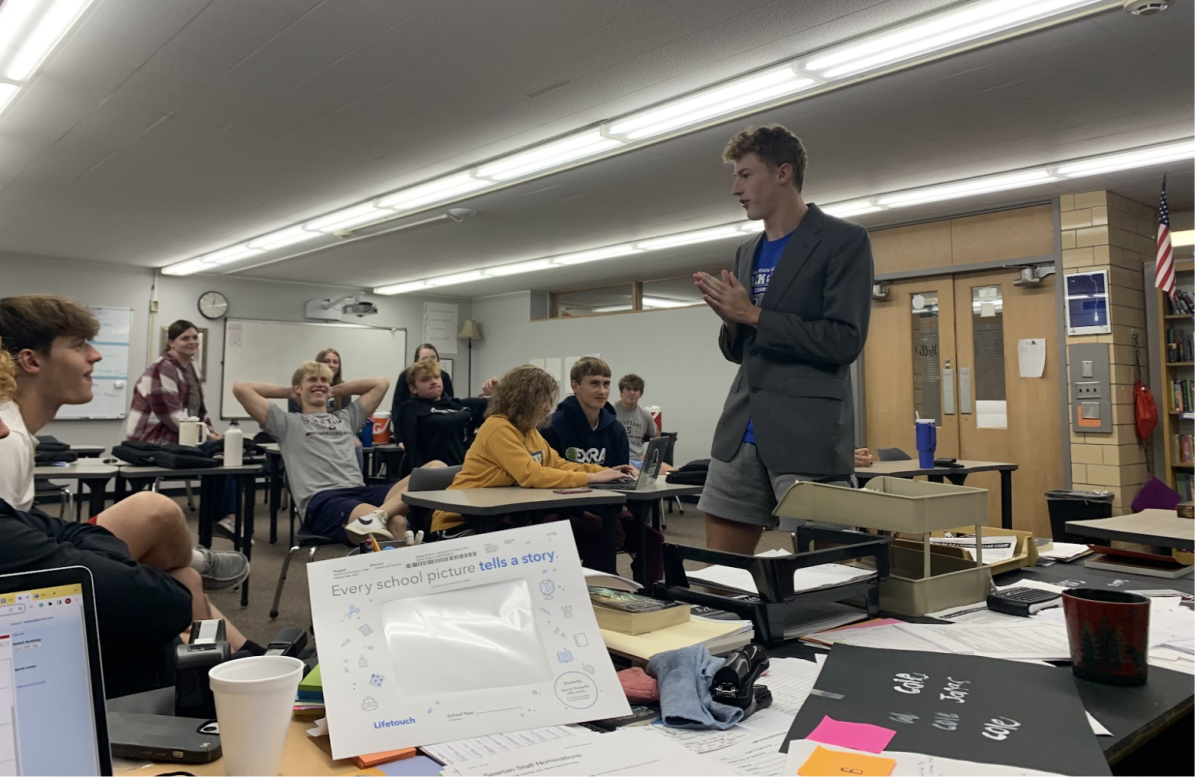

Allison Berryhill • Jul 12, 2016 at 9:37 pm
Great to see the first Teacher Writing Initiative post come from a fellow journalism teacher! Thanks, Stacy, for organizing/articulating your thoughts on this important season ahead of us. I also appreciate the links.
Stacy Haynes-Moore • Jul 13, 2016 at 1:45 pm
Thanks, fellow J-teacher! I appreciate your kind words, Allison, and we’ll have to keep in touch as the year unfolds…